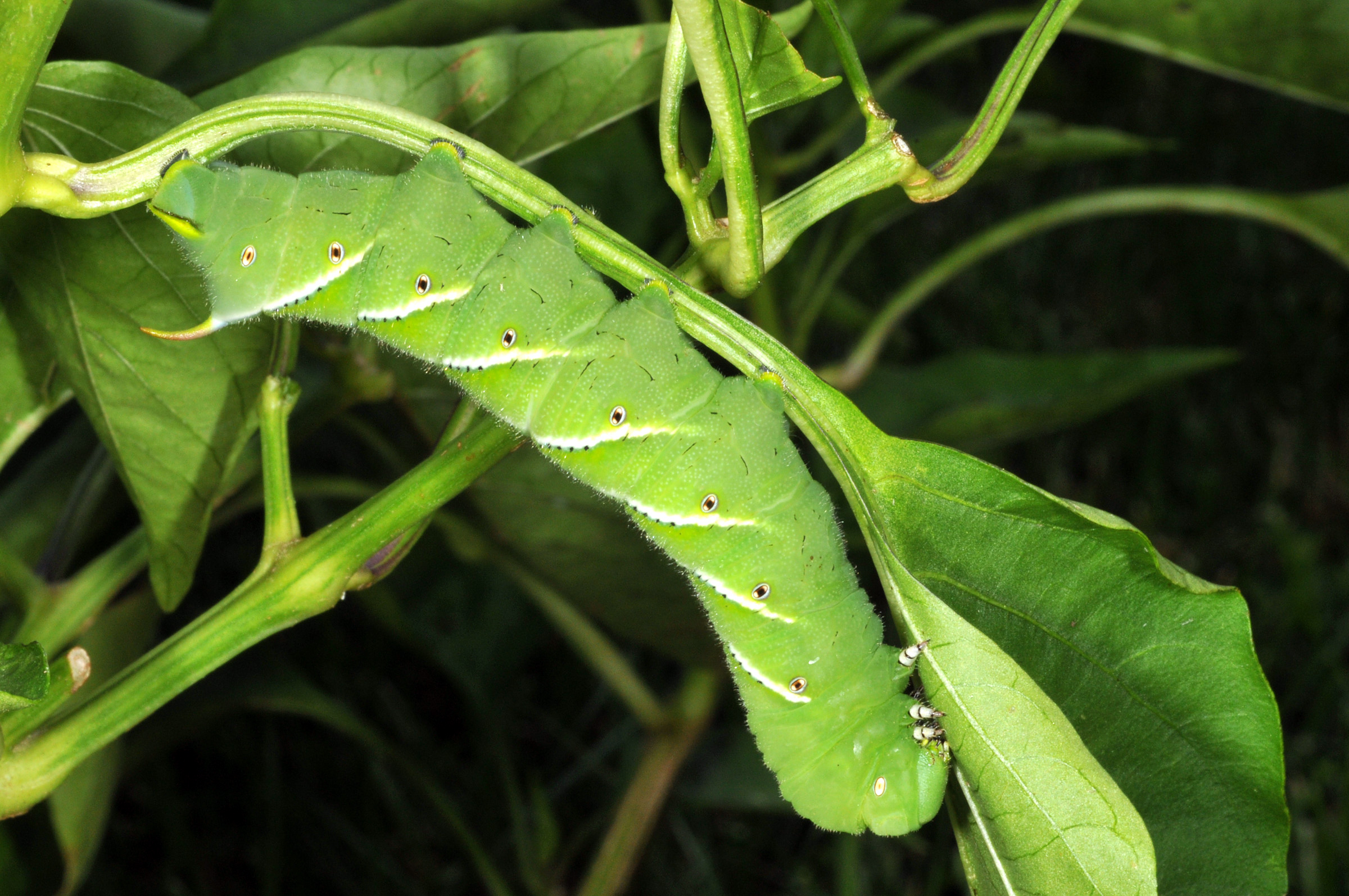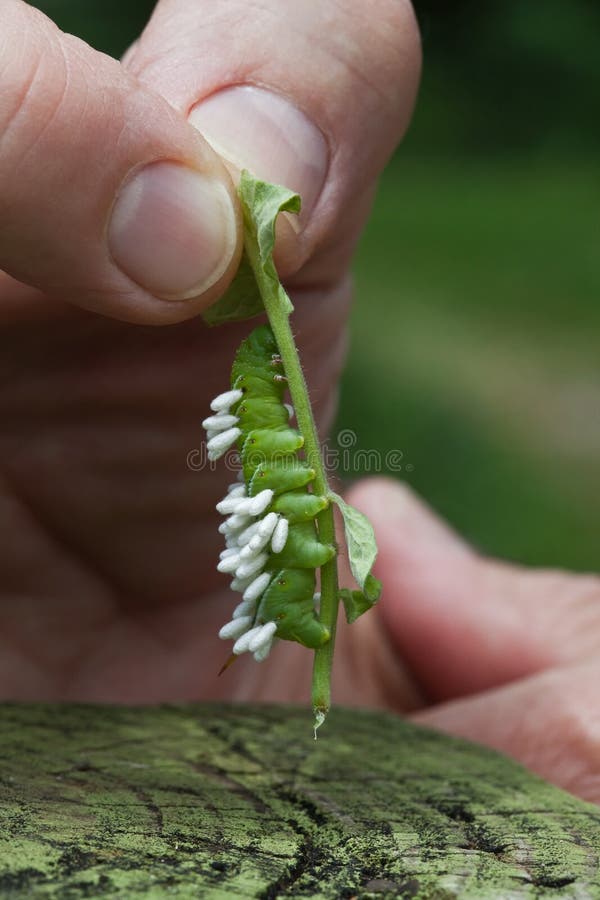

Images and other media in the National Science Foundation Multimedia Gallery are available for use in print and electronic material by NSF employees, members of the media, university staff, teachers and the general public. REU program grants make it possible for students like Kristen to join research projects in the summer, giving them first-hand experience at how basic research is carried out and allowing them to contribute consequentially.Ĭredit: Photographer Rick Fatica Image courtesy Perspectives Magazine The results were successful: a computer report indicating she had found a partial DNA sequence. Once complete, DNA sequencing was performed on a concentrated DNA sample. Next, she expressed the original sample into bacterial colonies to obtain multiple DNA samples, then performed a number of tests.

She began with a single sample containing a partial amino acid sequence of the enzyme. The hornworm must mature in order to reproduce but the enzyme prevents the hormone from working properly and metamorphosis occurs.īaker's job has been to determine the enzyme's full DNA sequence. Baker received a grant from the National Science Foundation's (NSF) Research Experiences for Undergraduates (REU) program to study the role a key enzyme plays in the reproductive process of tobacco hornworms.īaker and her research advisor Frank Horodyski, associate professor of molecular biology, are studying how an unusual enzyme called JH Diolkinase acts in degrading juvenile hormone, an agent that left intact, will keep the green-skinned worm young. Kristen Baker, a junior at Ohio University, views some of her study subjects, tobacco hornworms.


 0 kommentar(er)
0 kommentar(er)
